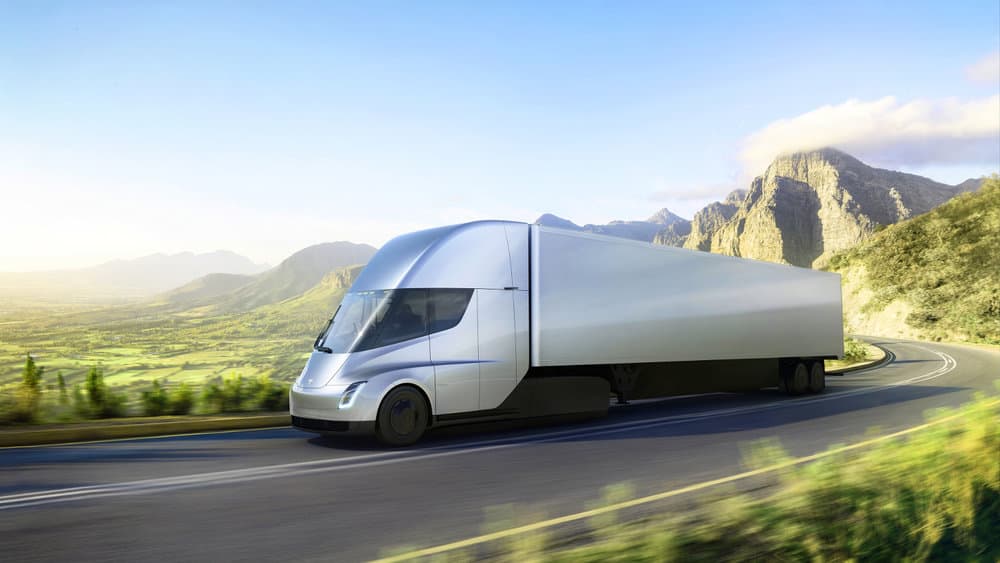
After the grand unveiling of the Tesla Semi last month, Jerome Guillen, the head of the Semi program at Tesla, addressed the audience at the Transport and Logistics show in the Netherlands.
Answering questions as to when the Semi would be taken outside North America and into Europe, he mentioned that the company is working on adapting the truck’s design to suit European regulations.
And true to that, Tesla has now opened up reservations officially in Europe, albeit in a select few countries – the Netherlands, Norway, and the UK. The choice of countries is also interesting, since the ones chosen have a relatively higher oil price compared to the rest of the European nations, and also are highly conscious of their environment.
The Italy-based trucking company, Fercam, is one of the first companies to reserve the Semi. Nonetheless, the order was not processed in Europe, but through its U.S. partner Mao, and will be exported from the U.S. to Italy. This looks to be a move that could cut diesel costs significantly for Fercam, as fuel prices in Italy are extremely high compared to the country’s economic faring and freight margins are consistently low in Europe.
Related: See the Tesla Semi
But the questions of ROI still remain. Electrification of trucks is an expensive upfront payment, with fleets needing to shell out an additional 125,000 euros to the usual cost to get a heavy-duty Semi.
There also is the additional concern of miles per charge, which might be an issue with long-hauling fleets moving from the depths of mainland Europe to the coastal ports. Charging stations across the length of Europe have not materialized, and fleets cannot afford hauling debacles because of the lack of charging stations.
There is no doubt that the Tesla Semi is a wonderfully engineered product, but there needs to be a deeper introspection into the segment in which it could prove its mettle. The Semi would be ideal in situations where cargo needs to be hauled between warehouses and transport hubs, which usually does not involve trucks to travel long distances. The Semi would also perform well in driving conditions that involve a lot of traffic, idling, and frequent stopovers, since the energy costs in such situations on a diesel truck would be high.
The Semi would be a worthy competitor in the last-mile space if it could tweak its capacity, and model it to the size of smaller delivery trucks, which could navigate through tight corners and busy streets. The rise of e-commerce has led to the surge of last-mile delivery needs, and thus, this could be an excellent market fit for Tesla.
That said, the European market is a great place to be for an electric vehicle (EV) manufacturer like Tesla, since the continent is an inflection point of both freight business and stricter emissions regulations, which could work well in its favor.
A McKinsey’s report on electric truck adoption scenarios across the world clearly shows that Europe leads in all the situations – be it heavy-duty, medium-duty, or light-duty. With sales penetration said to increase steadily in Europe, it is prudent for Tesla to ramp up its European operations in the years to come, especially in the freight market space.
Stay up-to-date with the latest commentary and insights on FreightTech and the impact to the markets by subscribing.










